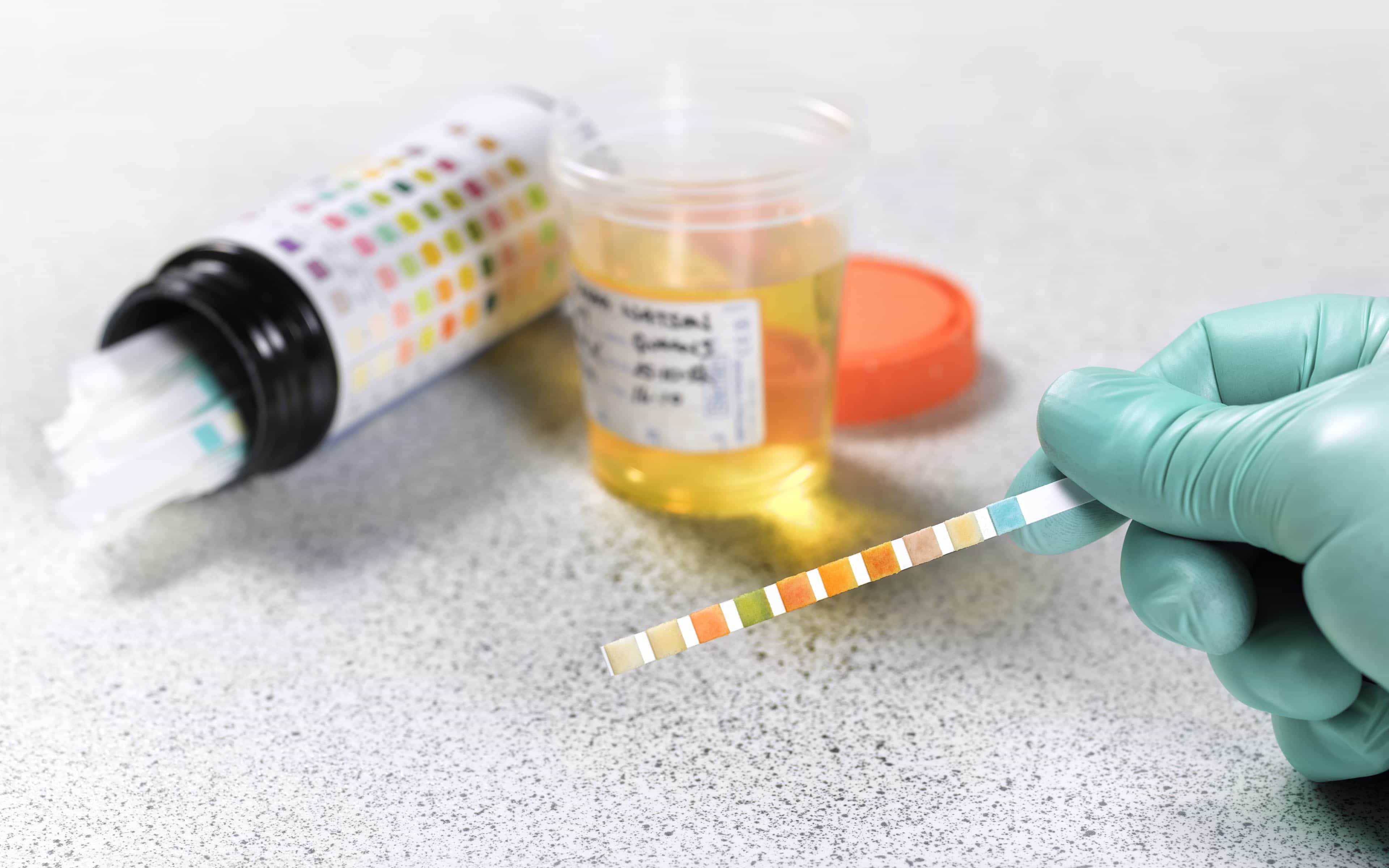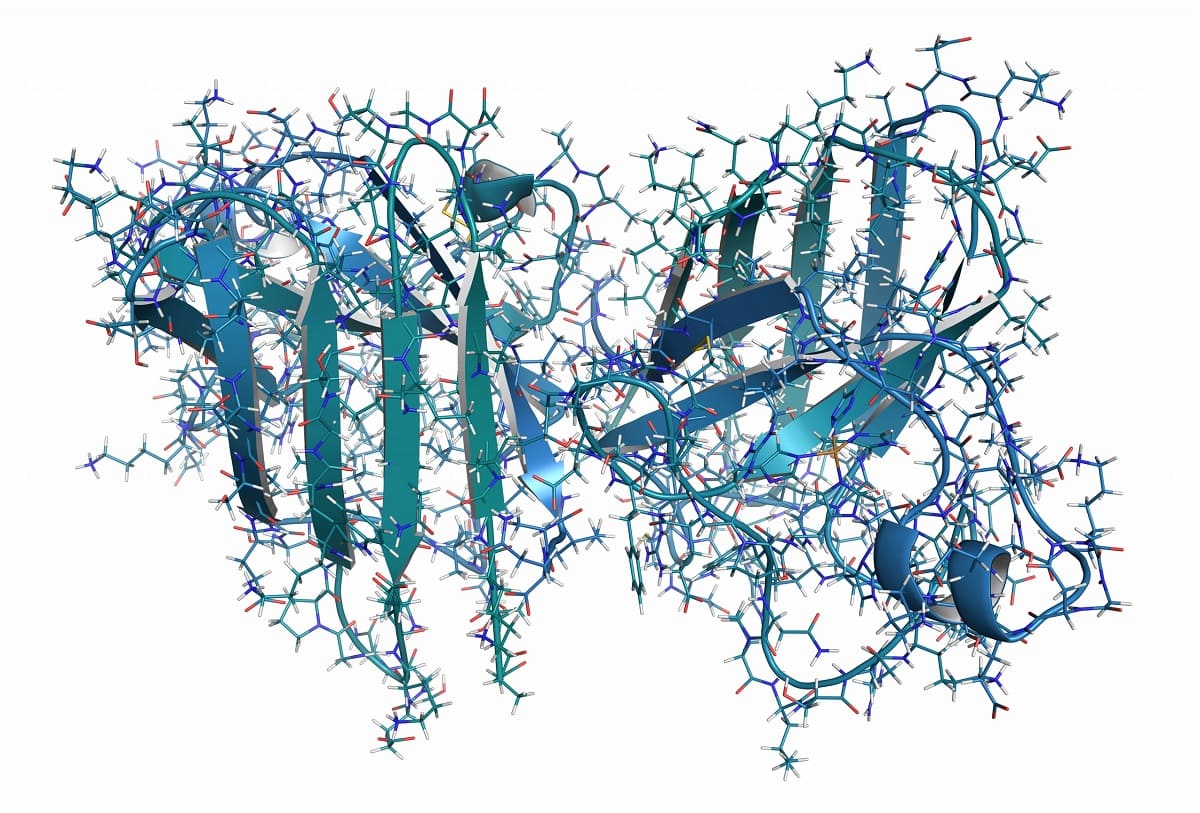Home>Health & Nutrition>Urine Temperature Causing Failed Drug Test: Understanding The Issue And Solutions


Health & Nutrition
Urine Temperature Causing Failed Drug Test: Understanding The Issue And Solutions
Published: February 19, 2024
Learn about the impact of urine temperature on drug test results and discover effective solutions. Explore this critical issue in health and nutrition.
(Many of the links in this article redirect to a specific reviewed product. Your purchase of these products through affiliate links helps to generate commission for Temperatures.com, at no extra cost. Learn more)
Table of Contents
The Science Behind Urine Temperature and Drug Testing
When it comes to drug testing, urine temperature plays a crucial role in determining the validity of the results. The reason behind this lies in the physiological properties of urine and the mechanisms used in drug testing procedures.
The human body maintains a relatively constant internal temperature, typically around 98.6°F (37°C). As a result, freshly voided urine is expected to be close to this temperature range. However, external factors such as ambient temperature can influence the temperature of urine once it leaves the body.
In drug testing, the standard temperature range for urine samples is between 90°F to 100°F (32°C to 38°C). This range is considered the optimal window for detecting the presence of drugs or their metabolites in the urine. Deviations from this range can raise suspicion and potentially invalidate the test results.
The science behind the temperature requirement is rooted in the need for accurate and reliable testing. When a urine sample is collected, it undergoes various processes, including transportation and storage, before analysis. Throughout these stages, maintaining the proper temperature is essential to preserve the integrity of the sample and ensure the accuracy of the results.
Furthermore, the temperature of the urine can also indicate potential tampering or adulteration. Diluted or substituted samples often exhibit abnormal temperatures, signaling potential manipulation. By monitoring the urine temperature, drug testing facilities can identify irregularities that may compromise the validity of the test.
Understanding the science behind urine temperature and drug testing underscores the importance of adhering to specific protocols when collecting and handling urine samples. By recognizing the significance of temperature in the testing process, individuals and testing facilities can uphold the standards necessary for reliable and conclusive drug test results.
Common Causes of Abnormal Urine Temperature
-
External Temperature Fluctuations: One of the most common causes of abnormal urine temperature is exposure to extreme external temperatures. When a urine sample is collected in a cold environment, it may register a lower temperature than the standard range. Conversely, in hot conditions, the urine temperature can rise, leading to readings outside the acceptable limits. These fluctuations can occur during sample transportation or storage, highlighting the need for proper handling to prevent temperature-related discrepancies.
-
Delayed Sample Processing: Delays in processing urine samples can also contribute to abnormal temperature readings. If a sample remains unattended for an extended period, especially in environments with varying temperatures, it can deviate from the expected range. This delay may occur during transit from the collection site to the testing facility or due to inefficiencies in sample processing procedures. Such delays can compromise the integrity of the sample and impact the accuracy of the test results.
-
Inadequate Storage Conditions: Improper storage conditions can lead to fluctuations in urine temperature. When samples are not stored in controlled environments or are exposed to temperature extremes during storage, their temperature can deviate from the standard range. Inadequate storage may occur during transportation or within testing facilities, emphasizing the importance of maintaining suitable storage conditions to preserve the integrity of urine samples.
-
Sample Contamination: Contamination of urine samples can also result in abnormal temperature readings. When foreign substances or contaminants are introduced into the sample, they can affect its temperature properties. Contamination may occur during collection, transportation, or storage, and can lead to erroneous temperature measurements, raising concerns about the validity of the sample.
-
Body Temperature Variations: Variations in individual body temperatures can impact the temperature of freshly voided urine. Factors such as fever, physical activity, or environmental exposure can influence the body's temperature, subsequently affecting the temperature of urine. These variations, if not accounted for, can lead to discrepancies in urine temperature readings during drug testing.
Understanding the common causes of abnormal urine temperature is essential for mitigating potential issues in drug testing procedures. By addressing these factors through proper sample handling, storage, and processing, testing facilities can minimize the risk of temperature-related discrepancies and uphold the reliability of drug test results.
Impact of Urine Temperature on Drug Test Results
The impact of urine temperature on drug test results cannot be overstated, as it directly influences the accuracy and reliability of the testing process. Deviations from the standard temperature range can have significant implications for the validity of the results and may raise concerns about potential tampering or sample integrity.
When urine samples fall outside the acceptable temperature range, it can trigger suspicion and necessitate further scrutiny of the test results. Abnormal temperatures may indicate that the sample has been adulterated, diluted, or tampered with, compromising the integrity of the testing process. As a result, testing facilities often implement strict temperature monitoring protocols to identify and address any deviations that could undermine the validity of the test.
Moreover, the impact of urine temperature extends beyond mere technicalities; it has legal and ethical ramifications. In various professional and regulatory contexts, including employment screenings and legal proceedings, the accuracy of drug test results is paramount. Any doubts regarding the integrity of the samples, including their temperature, can cast doubt on the veracity of the results and may have far-reaching consequences for the individuals being tested.
Furthermore, abnormal urine temperatures can trigger additional confirmatory testing, leading to delays in result reporting and potential disruptions in various processes dependent on timely and accurate drug test outcomes. These delays can impact individuals' employment status, legal proceedings, or access to certain privileges, underscoring the critical nature of adhering to temperature standards in drug testing.
It is essential to recognize that the impact of urine temperature on drug test results goes beyond technical specifications. It encompasses broader implications for individuals' rights, legal considerations, and the overall integrity of the testing process. Therefore, ensuring the proper handling, storage, and monitoring of urine samples' temperature is fundamental to upholding the reliability and validity of drug test results.
By understanding the profound impact of urine temperature on drug test outcomes, stakeholders can prioritize adherence to temperature standards and implement robust protocols to safeguard the integrity of the testing process. This awareness is crucial for maintaining the trust and credibility of drug testing procedures and ensuring fair and accurate outcomes for all individuals subject to such testing.
Solutions for Ensuring Proper Urine Temperature
-
Temperature-Controlled Collection and Storage: Implementing temperature-controlled collection and storage protocols is paramount for ensuring the integrity of urine samples. Collection sites and testing facilities should maintain controlled environments to minimize temperature fluctuations during sample collection and storage. This includes utilizing designated storage units equipped with temperature monitoring systems to uphold the required temperature range for urine samples.
-
Timely Sample Processing: Prompt processing of urine samples is essential to prevent temperature-related discrepancies. Testing facilities should prioritize efficient sample processing to minimize the risk of temperature deviations. By promptly analyzing and testing urine samples upon receipt, facilities can mitigate the impact of external temperature influences and maintain the integrity of the samples.
-
Temperature Monitoring Devices: Utilizing temperature monitoring devices during sample transportation and storage can provide real-time oversight of urine sample temperatures. These devices can alert personnel to any deviations from the standard temperature range, enabling immediate corrective actions to preserve the samples' integrity. Integrating such monitoring systems into sample handling procedures enhances the ability to identify and address temperature-related issues proactively.
-
Training and Quality Assurance: Comprehensive training programs for personnel involved in sample collection, handling, and testing are crucial for ensuring adherence to temperature standards. Additionally, implementing robust quality assurance measures, including regular audits and proficiency testing, can help identify and rectify any lapses in maintaining proper urine temperature. By fostering a culture of vigilance and accountability, testing facilities can uphold the highest standards in sample temperature management.
-
Adherence to Industry Guidelines: Adhering to industry-specific guidelines and best practices for urine sample temperature management is fundamental. Testing facilities should stay abreast of evolving standards and recommendations related to temperature control in drug testing. By aligning with industry guidelines, facilities can implement effective strategies for maintaining proper urine temperature and upholding the reliability of drug test results.
-
Communication and Transparency: Establishing clear communication channels and transparency regarding temperature management protocols is essential. This includes providing comprehensive guidance to individuals providing urine samples, ensuring they understand the importance of maintaining proper sample temperature. Transparent communication fosters cooperation and understanding, empowering individuals to contribute to the preservation of sample integrity through adherence to temperature guidelines.
By implementing these solutions, testing facilities can bolster their capacity to maintain proper urine temperature throughout the testing process. These proactive measures not only mitigate the risk of temperature-related discrepancies but also uphold the reliability and integrity of drug test results, ultimately contributing to fair and accurate outcomes for individuals undergoing drug testing.
Conclusion: Importance of Understanding Urine Temperature in Drug Testing
Understanding the significance of urine temperature in drug testing is paramount for ensuring the accuracy, reliability, and fairness of the testing process. The temperature of urine samples serves as a critical indicator of sample integrity and can directly impact the validity of drug test results. By comprehending the implications of urine temperature, stakeholders can implement proactive measures to uphold the highest standards in sample handling and testing protocols.
The importance of urine temperature in drug testing extends beyond technical specifications; it encompasses ethical, legal, and practical considerations. Maintaining proper urine temperature is essential for safeguarding individuals' rights and ensuring the integrity of the testing process. Abnormal temperature readings can trigger doubts about the validity of test results, potentially impacting individuals' employment, legal proceedings, or access to certain privileges. Therefore, a comprehensive understanding of urine temperature's role in drug testing is crucial for upholding fairness and accuracy in the outcomes of such tests.
Furthermore, recognizing the impact of urine temperature underscores the need for stringent temperature control measures throughout the testing process. From collection to storage and analysis, adherence to temperature standards is fundamental for preserving the integrity of urine samples and mitigating the risk of temperature-related discrepancies. By prioritizing temperature monitoring and control, testing facilities can instill confidence in the reliability of their drug test results and uphold the trust of individuals subject to such testing.
In conclusion, understanding the importance of urine temperature in drug testing is essential for maintaining the credibility and fairness of the testing process. By acknowledging the multifaceted implications of urine temperature and implementing robust temperature control measures, stakeholders can uphold the highest standards of integrity and reliability in drug test results. This awareness not only serves to protect individuals' rights and interests but also contributes to the overall trust and effectiveness of drug testing procedures.















